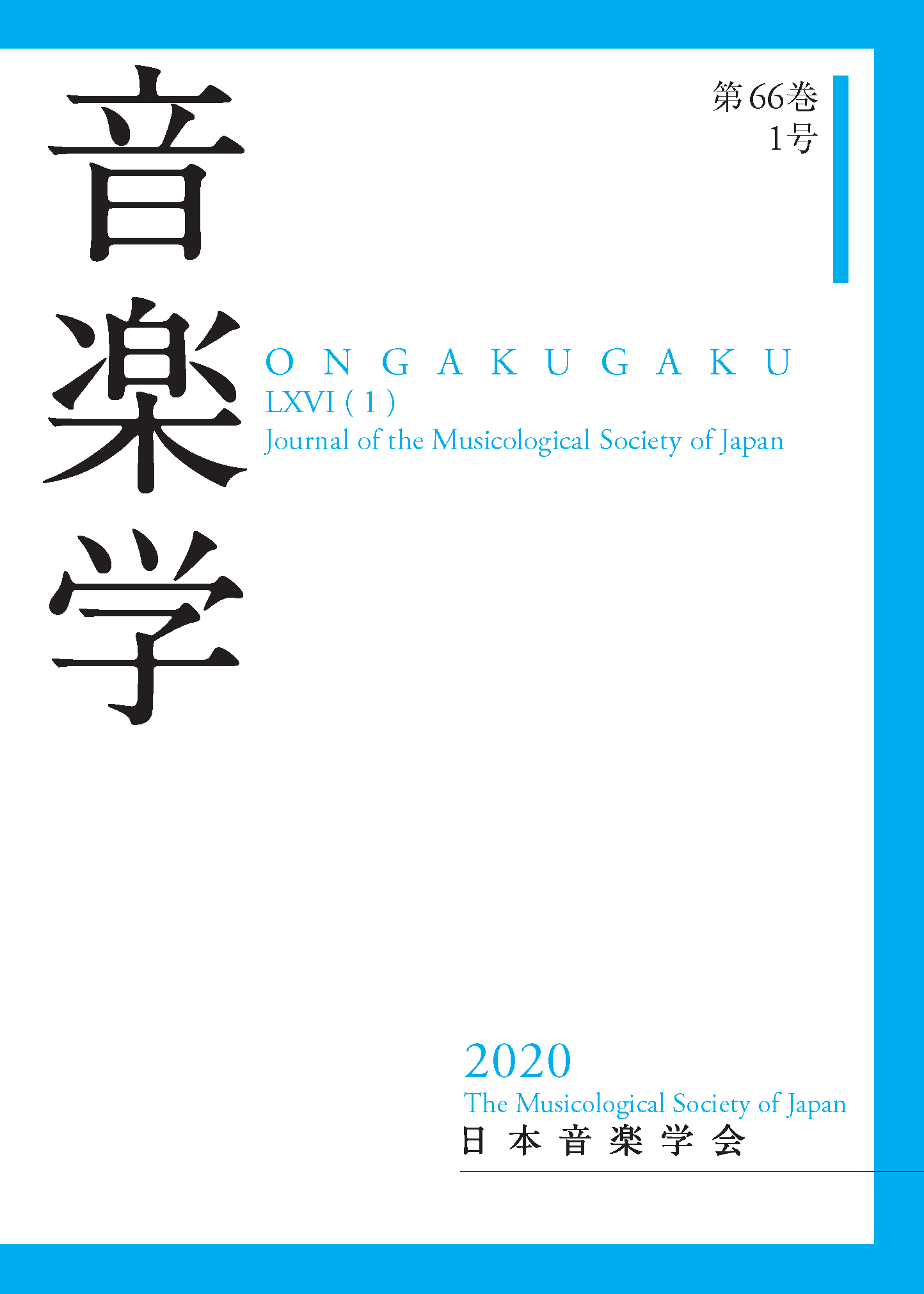Volume 66, Issue 1
Displaying 1-10 of 10 articles from this issue
- |<
- <
- 1
- >
- >|
-
2020 Volume 66 Issue 1 Pages 1-15
Published: 2020
Released on J-STAGE: October 15, 2021
Download PDF (857K) -
2020 Volume 66 Issue 1 Pages 16-34
Published: 2020
Released on J-STAGE: October 15, 2021
Download PDF (1116K) -
2020 Volume 66 Issue 1 Pages 35-50
Published: 2020
Released on J-STAGE: October 15, 2021
Download PDF (2316K) -
2020 Volume 66 Issue 1 Pages 51-68
Published: 2020
Released on J-STAGE: October 15, 2021
Download PDF (3432K) -
2020 Volume 66 Issue 1 Pages 69-70
Published: 2020
Released on J-STAGE: October 15, 2021
Download PDF (930K) -
2020 Volume 66 Issue 1 Pages 71-73
Published: 2020
Released on J-STAGE: October 15, 2021
Download PDF (945K) -
2020 Volume 66 Issue 1 Pages 73-75
Published: 2020
Released on J-STAGE: October 15, 2021
Download PDF (957K) -
2020 Volume 66 Issue 1 Pages 75-77
Published: 2020
Released on J-STAGE: October 15, 2021
Download PDF (947K) -
2020 Volume 66 Issue 1 Pages 77-78
Published: 2020
Released on J-STAGE: October 15, 2021
Download PDF (938K) -
2020 Volume 66 Issue 1 Pages 79-80
Published: 2020
Released on J-STAGE: October 15, 2021
Download PDF (929K)
- |<
- <
- 1
- >
- >|
